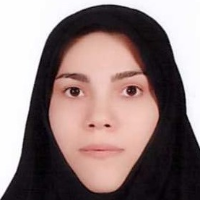Multilevel Analysis of Transformational Leadership on Innovative Behavior of Employees with Moderating Role of Creative Self-efficacy
This research is aimed at investigating the multilevel transformational leadership on the innovative behavior of employees because organizations are multilevel systems. The statistical population of this research is the Directorate General of Cultural Heritage, Industries and Tourism of Tehran Province, which includes 40 managers and 250 employees. The Cochran formula was evaluated by stratified sampling of 36 managers and 151 employees. The validity of the questionnaire was Dassil and Dehar (2015), its reliability by calculating Cronbach's alpha and CR index, and its validity by content validity methods, convergent and divergent validity was confirmed. The results showed that transformational leadership has a positive and significant effect on the innovation climate . Also, the innovation climate on the innovative behavior of employees , transformative leadership on the innovative behavior of employees , and the moderating effect of creative self-efficacy on the relation of innovative atmosphere to the innovative behavior of employeesThe data are analyzed using HLM analysis software. The output of HLM 7 software represents the multilevel relationships of the research variables. In this research, the effect of transformational leadership on both individual and It's at the group level. Transformational leadership has an impact on the innovative behavior of employees, at the individual and group levels, on the influential atmosphere. From the important findings of this multivariate analysis, the effect of moderating creative self-efficacy (individual level variable) on the relationship between individual and group factors
-
Pathology of organizational training with the approach of empowering human resources
Sedigheh Tootian, *, Saeed Kazmei
Journal of Training in Police Sciences, -
Human resource management practices on tourism bank performance with the mediating role of artificial intelligence capabilities
Hajiyeh Rajabi Farjad*, Mojtaba Ebadi Nasab
Standard and Quality Management Journal,


